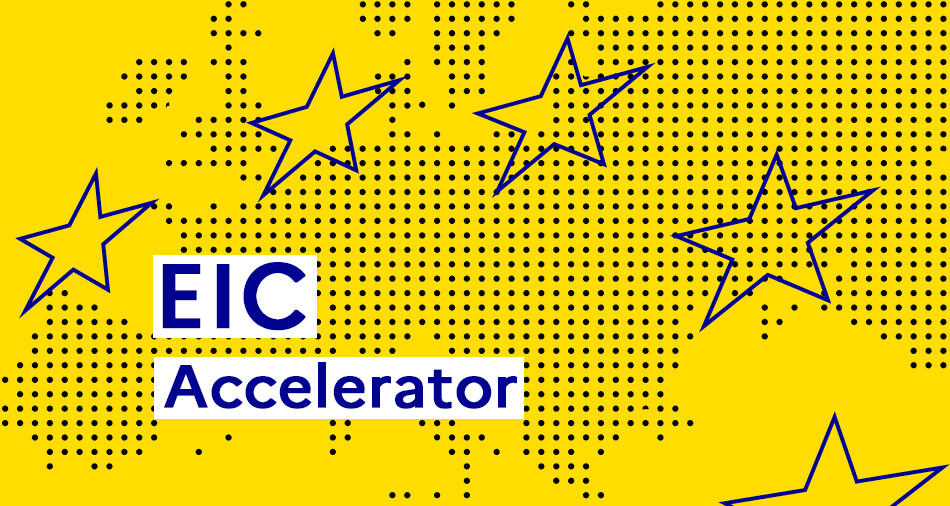ExpectedOutcome:
Projects are expected to contribute to all of the following outcomes:
- Battery pack and Battery Management System (BMS) design for single module operation or recombination (reconfiguration) of modules or battery packs for consolidated and new battery technologies.
- Safe, accessible and reliable operation of batteries and compatible with the battery passport concept.
- Battery system design to enable disassembly and reconfiguration for second life.
- Development of fast and efficient qualification strategies and assessment of Electric Vehicle (EV) batteries for second life applications and quantify it with respect to state of the art in terms of time and efficiency.
- Reduction of 30% of repurposing/refurbishment cost for adapting EV batteries to stationary applications in second life.
- Environmental impact assessment, from both positive and negative aspects, for adapting EV batteries to second life applications.
- Impact in the European economy by a growth of the market and employment, by facilitating the uptake of stationary ESS Feasibility of operation in the batteries extended life domain (second life).
Scope:
This topic aims at developing an open and interoperable BMS and suitable battery system design for stationary ESS, enabling a better integration of second life applications for used batteries. To strengthen European battery production ecosystem, projects are encouraged to implement batteries produced in Europe, especially with respect to 1st life batteries, at large or pilot plant scale.
In order to fulfil these objectives, activity in all of the following fields is expected:
- The BMS could be used for first and second life batteries in stationary applications, e.g., microgrids, uninterrupted power supply, hybrid (different types of chemistries and batteries, multi-battery management systems) and circular power system, ensuring safety during operation.
- The BMS and system design should be technology agnostic and not exclusive to second life EV batteries and should ideally cover consolidated technologies as well as new battery technologies. Pending amendments to Renewable energy directive to be taken into account regarding BMS development.
- Development and validation of open-source algorithms and BMS, allowing for the integration of second life batteries including approaches as semi-empirical, data-driven, and multi-physics supported battery state estimators. Recommendations for the development of standards related to the battery state defining parameters, e.g., State of Health and safety assessment at the end of first life applications.
- Development of BMS software that can be adapted via firmware update to other communication protocols, estimation algorithms and models.
- Development of functionalities focused on increasing the reliability during the second life application, e.g., prediction of remaining useful life, self-diagnostic algorithm for assessment of second life use suitability and BMS connectivity to track batteries during second life application.
- Recommendation to standardisation of a BMS public structure and access to public SOX in order to ease the second use of a battery. The goal is expected to lead to an agreement of a minimum set of data requirements, duly justified, to be provided by the batteries and let the industry define the best procedure to provide this set of data and link up with battery passport concept.
- Development and demonstration of strategies to recombine optimally and safely used batteries to be operated in second life, with special focus on advanced critical event control and mitigation systems. Recommendations for standardisation of second life battery system design for stationary applications based on packs, type of chemistry and cell.
- Design of accessible and adaptable BMS in order to customize the BMS to the requirements of the second life use case, including improved battery models for improved BMS design.
- Demonstration of battery operation in second life use according to TRL6.
- Projects are expected to share information with projects emanating from topic HORIZON-CL5-2023-D2-02-03 where relevant and conform to all relevant EU standardisation requirements.
- The proposal should take into account pending amendments to the Renewable Energy Directive, including Article 20A dealing with access to battery SOX information.
- Proposals are expected to establish links with the results of the following topics - HORIZON-CL5-2022-D2-01-09: Physics and data-based battery management for optimised battery utilisation (Batteries Partnership), HORIZON-CL5-2022-D2-01-10: Streamlined collection and reversed logistics, fully automated, safe and cost-efficient sorting, dismantling and second use before recycling (Batteries Partnership) and HORIZON-CL5-2022-D2-01-05: Next generation technologies for High-performance and safe-by-design battery systems for transport and mobile applications (Batteries Partnership), LC-SC3-ES-6-2019 - Research on advanced tools and technological development. They should specifically address BMS and system design issues that affect stationary Energy Storage Systems (ESS) and in particular, the integration of used batteries as a second life application.
Plans for the exploitation and dissemination of results for proposals submitted under this topic should include a strong business case and sound exploitation strategy, as outlined in the introduction to this Destination. The exploitation plans should include preliminary plans for scalability, commercialisation, and deployment (feasibility study, business plan) indicating the possible funding sources to be potentially used (in particular the Innovation Fund).
Proposals could consider the involvement of the European Commission's Joint Research Centre (JRC) whose contribution could consists of performing experimental or desk-top research on battery performance or safety.
This topic implements the co-programmed European Partnership on Batteries (Batt4EU). As such, projects resulting from this topic will be expected to report on the results to the European Partnership on Batteries (Batt4EU) in support of the monitoring of its KPIs.
Specific Topic Conditions:
Activities are expected to achieve TRL 6-7 by the end of the project – see General Annex B.





